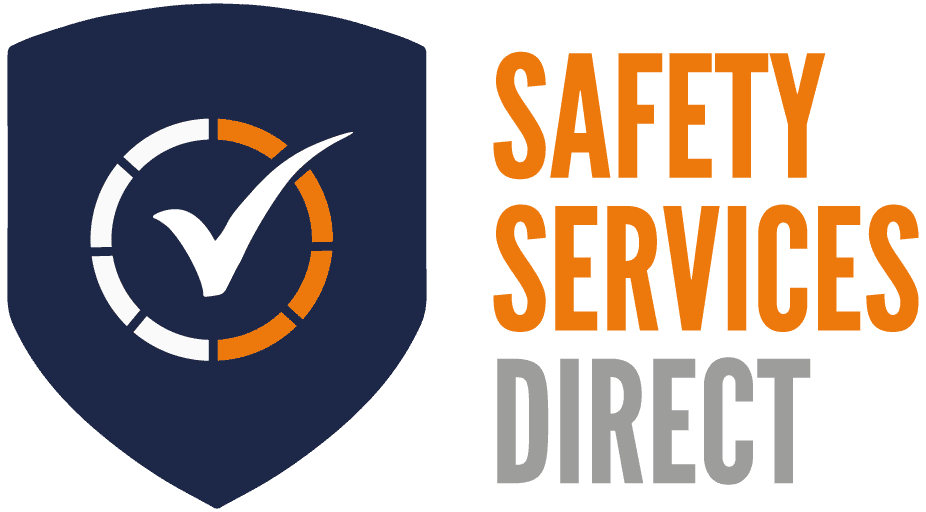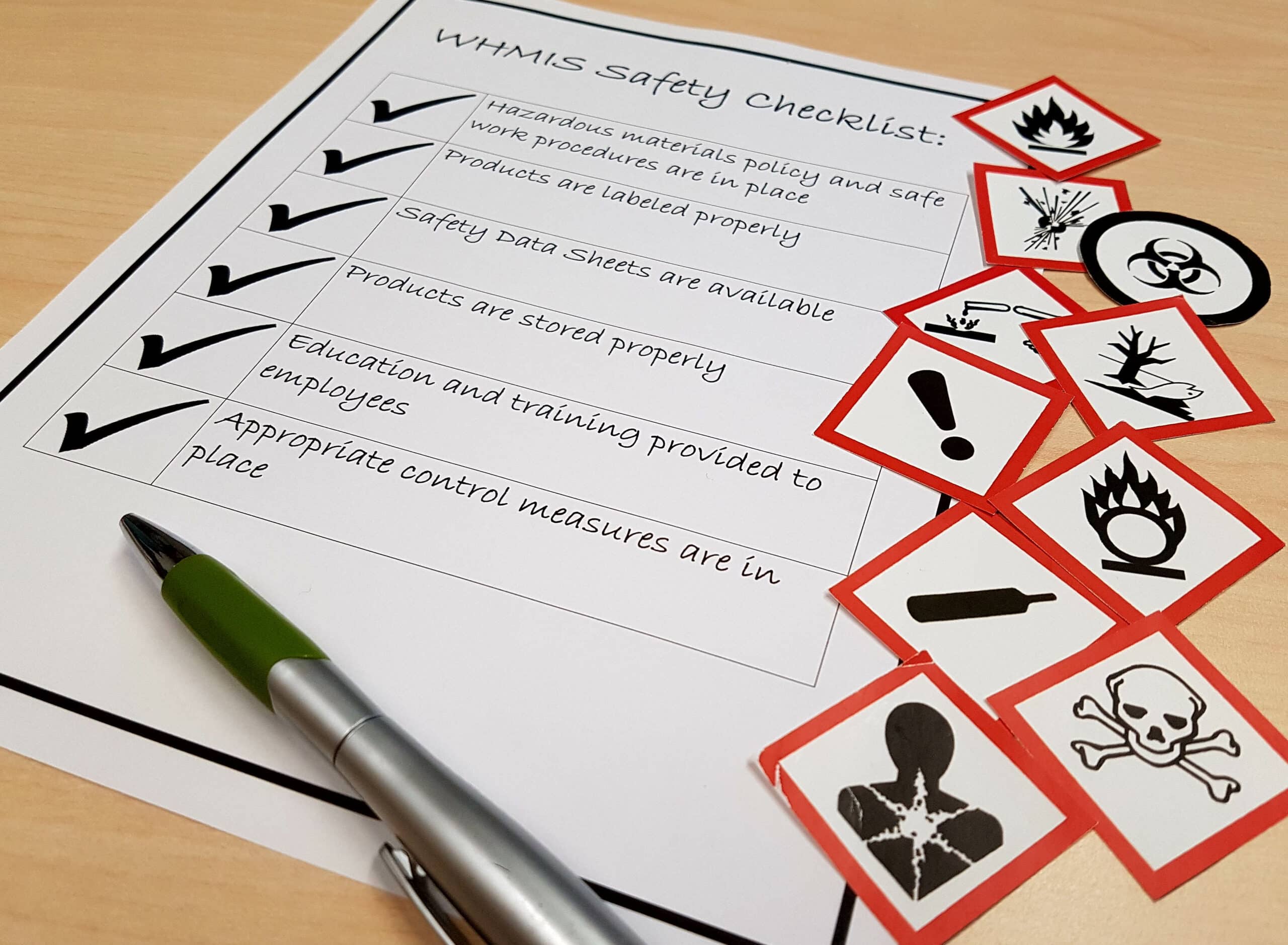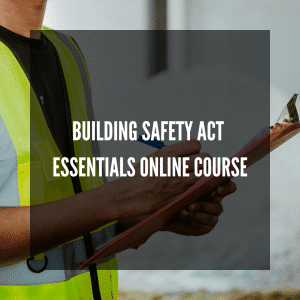As an employer, it is crucial to prioritise the health and safety of your employees, especially when it comes to working with hazardous substances. A COSHH (Control of Substances Hazardous to Health) risk assessment plays a vital role in identifying, evaluating, and controlling the risks associated with these substances in the workplace.
In this comprehensive guide, we will explore the primary purpose of COSHH risk assessments, their legal requirements, the essential steps involved in conducting an evaluation, and what needs to be included. By understanding the importance of COSHH risk assessments, you can ensure a safe and healthy working environment for your employees.
What is a COSHH Assessment?
A COSHH assessment is the process of identifying, assessing and controlling the risks associated with hazardous substances and your workplace. It involves analysing the properties and potential effects of substances that could be harmful to employees’ health. The assessment takes into account factors such as exposure routes, durations, and vulnerable groups to determine the likelihood and severity of potential harm.
What is the Main Purpose of COSHH Assessments?
The main purpose of COSHH assessments is to identify and evaluate the risks associated with substances that are hazardous to health in the workplace.
By conducting these assessments, employers can determine the potential harm that these substances may pose to employees and implement effective control measures (such as elimination, substitution, engineering controls, and personal protective equipment). By doing this, employers can mitigate the risks identified and ensure the health and safety of their employees.
Is a COSHH Risk Assessment a Legal Requirement?
Conducting a COSHH risk assessment is a legal requirement for employers under the Control of Substances Hazardous to Health 2002 Regulations. These regulations are enforced in the United Kingdom and require employers to assess and control the risks associated with hazardous substances in the workplace. By fulfilling this legal obligation, you will ensure compliance with health and safety regulations and demonstrate your commitment to protecting the health and well-being of your workforce.
What Do You Need to Do in a COSHH Assessment?
In a COSHH assessment, there are several key steps and actions that need to be undertaken to ensure a thorough evaluation of the risks associated with hazardous substances.
Here’s a breakdown of what you need to do in a COSHH risk assessment:
- Identify hazardous substances present in the workplace
- Assess the risks associated with each substance, considering how exposure could occur and who the most vulnerable groups are
- Outline control measures following the hierarchy of control, including elimination, substitution, engineering controls, and personal protective equipment
- Regularly monitor and review the effectiveness of control measures
- Communicate findings and provide COSHH training to employees regarding risks and control measures. Also, be sure to encourage open communication
By following these steps, you can effectively manage the risks associated with hazardous substances and ensure the health and safety of your employees.
Is a COSHH Assessment the Same as a Risk Assessment?
COSHH risk assessments are more thorough than traditional assessments and should look at your entire workplace. To save time, you can purchase a COSHH risk assessment template to ensure you cover all of the essential information and can implement any relevant processes swiftly.
Do I Need a COSHH Risk Assessment?
You will need to carry out a COSHH risk assessment if your company uses or has access to substances such as chemicals, dust, fumes and mists, biological agents or germs that could cause disease.
You should revisit your risk assessment regularly depending on the type of work and the likelihood of changes occurring that impact the safety of the workplace.
There are occasions when an assessment should be revisited immediately. These include:
- If you have reason to believe that the original assessment is invalid
- If your employees’ exposure to hazardous substances changes significantly
- If the recommended time that the assessment is valid has passed
What Needs to be Included in a COSHH Assessment?
The required information for this type of assessment differs depending on the industry you are working in. The HSE has a variety of risk assessment examples to help you better understand what may need to be included in your assessment.
However, it is important to remember that these are just examples. Risks and preventative methods vary from company to company, so you won’t be able to duplicate any of these to use as your own COSHH risk assessment. They exist purely as a guide to showcase what your risk assessment could look like and what you may legally be required to include.
Do You Require Assistance with Your COSHH Risk Assessment?
If you are new to COSHH or are unsure what should be included or how an assessment should be carried out, we offer a COSHH Assessment Template that has been prepared by experts in health and safety. When you purchase this template, you will also have access to complimentary telephone and email support for assistance in completing your assessment.
Alternatively, you could have your assessment prepared on your behalf by a professional safety consultant. The consultant will write your assessment based on your company’s Material Safety Data Sheet and other information specific to your company.
Final Thoughts on Understanding COSHH Risk Assessments
In conclusion, a COSHH risk assessment is a fundamental process that allows employers to effectively manage the risks associated with hazardous substances in the workplace. By identifying and evaluating the risks, implementing suitable control measures, and regularly reviewing and monitoring them, employers can fulfil their legal obligations and protect the health and safety of their employees.
A COSHH risk assessment not only ensures compliance with regulations but also fosters a culture of safety within the organisation. Whether you choose to use a template, seek professional assistance, or conduct the assessment yourself, the key is to prioritise the well-being of your workforce. By taking proactive steps and implementing appropriate control measures, you can create a safer and healthier work environment for everyone involved.







